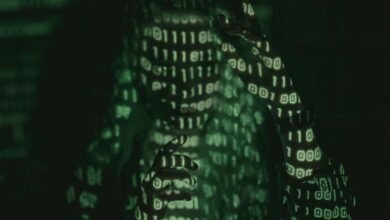Laundgera: a Hidden Persona

Laundgera exemplifies the tension between public persona and private self. Individuals often grapple with the disparity between how they present themselves and their true feelings. This duality can create emotional distress, affecting both personal and social dynamics. As they strive for authenticity, the fear of exposure lurks. What emerges from this internal conflict? The journey towards self-acceptance may reveal deeper truths that challenge preconceived notions of identity and connection.
The Origins of Laundgera's Identity
As Laundgera emerged from the shadows of anonymity, the complexities of her identity began to unfold, revealing a tapestry woven from diverse influences and experiences.
Identity formation, shaped by cultural influences, became a battleground where heritage clashed with aspiration.
Her narrative challenges the notion of a singular self, emphasizing that true freedom stems from embracing multifaceted identities, each thread contributing to her authentic existence.
The Psychological Impact of Dual Existence
While navigating the complexities of a dual existence, individuals like Laundgera often grapple with profound psychological challenges that can shape their sense of self.
The resulting identity crisis manifests as emotional duality, where conflicting personas vie for dominance. This internal struggle not only complicates self-perception but also generates anxiety, leaving individuals in a perpetual quest for authenticity amid the shadows of their hidden lives.
Navigating Relationships in a Masked Reality
The struggle for authenticity in a dual existence manifests not only within the individual but also profoundly influences their relationships.
Masking emotions creates a chasm where hidden truths fester, complicating connections. Trust erodes as individuals grapple with the dissonance between their public facades and private selves.
This masked reality ultimately jeopardizes genuine intimacy, leaving a longing for freedom and authentic engagement in interpersonal dynamics.
Conclusion
In the intricate tapestry of identity, Laundgera serves as a poignant reminder of the masks we wear. As individuals grapple with the shadows of their hidden selves, the quest for authenticity becomes both a burden and a beacon. This internal conflict not only shapes personal narratives but also colors the fabric of relationships. Ultimately, embracing the full spectrum of one's identity is not merely an act of bravery; it is the key to unlocking genuine connections in a world rife with façades.





